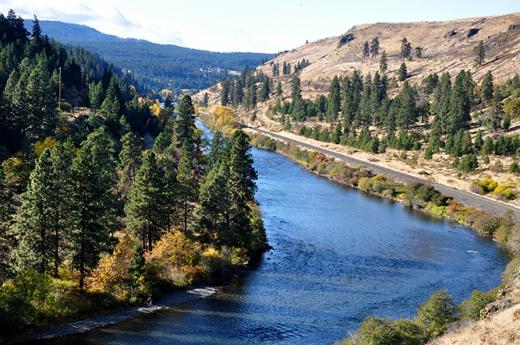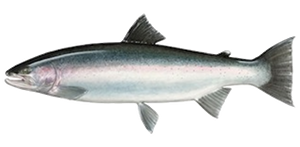Yakima Basin
Goals
From its source high in the Cascades, the Yakima River meets myriad streams and rivers as it makes its way through shrub-steppe desert to join the mighty Columbia River. The Yakima is the lifeblood of fish, families and farms in the region and the Yakima Basin is one of the state's most diverse watersheds. Though farms continue to produce bales of hay and pounds of fruit and fish return to spawn in their native waters, the Yakima River is not as healthy as it once was. Long ago, the Yakima supported one of the world’s great salmon runs; today, those numbers have dwindled due to habitat degradation, dams and past overharvest.
Tactics
The Yakima Basin is a place where fish, wildlife, farms and families have cold, clean water; land is protected for everyone to enjoy now and for future generations; and our forests support sustainable jobs. To accomplish this, we support the Yakima Basin Integrated Plan’s goals:
Restore and enhance essential fish habitat through fish passage at six existing dams and improved management and restoration of floodplains and riparian areas - bringing back populations from 30,000 fish to over 300,000 in an average year.
Protect about 140,000 acres of public land as national recreation areas in the Teanaway and Manastash-Taneum regions.
Protect about 20,000 acres of wilderness areas in the Teanaway and Bumping Lake regions.
Designate about 200 miles of wild and scenic river corridors on the Upper Cle Elum; Waptus; Cooper; American; Rainier Fork; South Fork of the Tieton; the Teanaway River’s North, Middle and West forks; and South Fork of the Indian, Rattlesnake and Deep creeks.
Voluntarily acquire over 70,000 acres of private land in the Teanaway River basin, headwaters of the Taneum and Manastash Creeks and shrub-steppe of the Yakima Valley.
Improve water storage and management through increased water conservation and efficiency, water market development, Bumping Lake reservoir expansion, Wymer Dam construction, inactive storage water access from Lake Kachess Reservoir, possible removal of irrigation diversion dams and groundwater recharge.

Photo courtesy of Holly Werran
Victories
Staff Contact
Author of this Page
Joshua Duplechian




